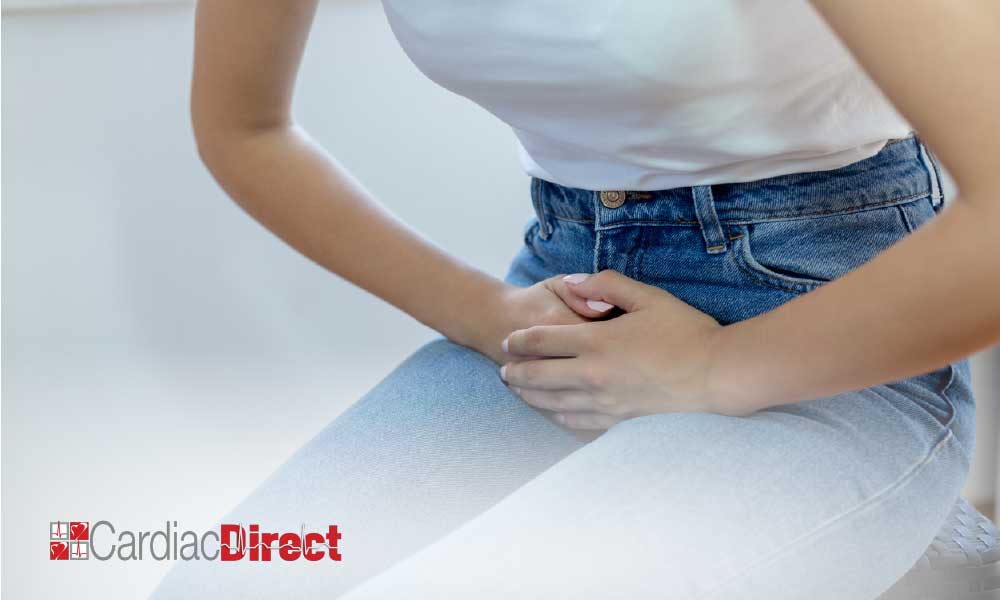Bladder Health Awareness Month

What is Bladder Health Awareness Month?
November is bladder health awareness month. In other words, an important reminder to understand facts about common bladder diseases. Therefore, encouraging the public to play an active role in managing bladder health. In fact, every day, billions of men, women, and children around the world are struggling with the effects of bladder conditions and diseases.
There are many conditions falling within the category of bladder health. For instance, these include urinary incontinence, overactive bladder, bladder cancer, bedwetting, and nocturia. This month is a great time to start focusing on connecting, educating, and empowering people to take control of their bladder health. Due to embarrassment, some Americans have yet to try to discuss bladder health symptoms with their healthcare provider. However, treating bladder conditions can be simple through lifestyle changes, behavior modifications, or diet and exercise.
Bladder Scanning:
According to Nursing Made Easy, bladder scanning measures the ultrasonic reflections in the patient’s body to differentiate the urinary bladder from the surrounding tissue. In addition, this portable non-invasive device is used to diagnose, manage, and treat urinary outflow dysfunction. Above all, doctors can not only use this device to determine if a catheter is needed, but they can also use it to reduce the risk of unnecessary catheter placement. A bladder scanner provides the ability to quickly measure for PVR or bladder capacity.
First, by using an ultrasound probe and transducer, this device will reflect the sound waves from a patient’s bladder. Next, computers will work to transmit the data in its handheld unit in order to calculate the bladder volume. In addition, the entire scan takes nothing more than a few minutes to complete. Bladder scanning doesn’t require a sonographer for operating and it’s possible to prevent unnecessary invasive operations. Consider Bladder Scanning for Patients with the following conditions:
If the patient has undergone an abdominal surgical intervention impairing the ability to void by causing local edema in the abdomen, then the edema may compress the urethra
This condition can impair the patient’s ability to void, by partially compressing the urethra and occluding the urinary exit
This can impair the patient’s ability to fully empty the bladder due to the urethral pathway is narrowed
The patient’s inability to void may be due to damaged neural pathways to or from the bladder
These conditions can cause urinary retention, as a result of edema resulting from the injury
A patient who has undergone a stroke may experience an impaired ability to void because of neurologic injuries such as paralysis or cerebral edema
This may prevent the patient from correlating the sensation of needing to void with the physical act of voiding
Kidney stones or a renal mass may physically alter the outflow of urine
Typically resulting in incomplete emptying of the bladder due to an infection, neurologic conditions, or anomalies of the renal structures
Patients living with diabetes may not have the sensation or urge to void
Conclusion:
Above all, bladder health month is the perfect time for focusing on connecting, educating, and empowering people to take control. Surprisingly, most Americans are still not talking to their healthcare provider about their bladder health symptoms because they’re embarrassed. However, we now know that several bladder conditions can be treated through simple changes in lifestyle, behavior, or diet & exercise.
Works Cited:
“Go with the Flow for Bladder Health Awareness Month.” American Urological Association MediaRoom, auanet.mediaroom.com/2019-11-01-Go-with-the-Flow-for-Bladder-Health-Awareness-Month.
“November Is Bladder Health Awareness Month.” Boulder Medical Center, 20 Nov. 2017, www.bouldermedicalcenter.com/november-is-bladder-health-awareness-month/.
Nurse, Direct Care. “To Scan or Not to Scan? Detecting Urinary Retention: Nursing Made Incredibly Easy.” LWW, journals.lww.com/nursingmadeincrediblyeasy/fulltext/2012/07000/to_scan_or_not_to_scan__detecting_urinary.13.aspx.

